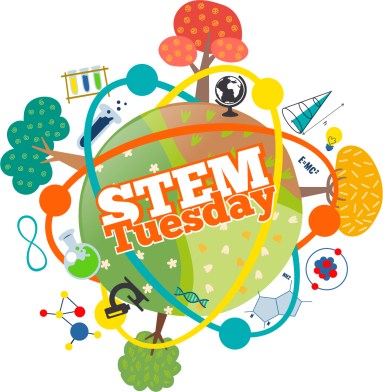
Extinct. Over. Done with. Gone.
There won’t be a whole lot of writing tips and resources in this STEM Tuesday post. I apologize in advance. It is mostly about a bleak outlook brightened by the hope we can use STEM to solve some of our extinction threats.
I recently read a depressing snippet from BirdLife International about the decline in bird species worldwide. 49% of bird species are in decline worldwide. In their last report, released in 2018, that decline was 40% so we’ve gone backward in just four years. It’s a problem everywhere, including a 29% decline in North America and 19% in Europe since 1970, and attributed to losing grasslands and forests to farm use. BirdLife International’s extinction bird species count was reported at 187 species lost since 1500 with the majority of those living on islands.
Being a huge fan of birds, this news hit hard.
Many scientists believe we are in the midst of the sixth great extinction event, the Holocene Extinction. Since 1900, the extinction rates have been over a thousand times greater than the background extinction rate and the rates have spiked over the last few decades.

Authors of the study: Jacopo Dal Corso, Massimo Bernardi, Yadong Sun, Haijun Song, Leyla J. Seyfullah, Nereo Preto, Piero Gianolla, Alastair Ruffell, Evelyn Kustatscher, Guido Roghi, Agostino Merico, Sönke Hohn, Alexander R. Schmidt, Andrea Marzoli, Robert J. Newton, Paul B. Wignall, Michael J. Benton, CC BY 4.0 <https://creativecommons.org/licenses/by/4.0>, via Wikimedia Commons
In their 2019 global diversity assessment report, the Intergovernmental Science-Policy Platform on Biodiversity and Ecosystems Services (IPBES) estimated that 1 million of the 8 million species on the planet are threatened. 1 of every 8 species is in trouble!
World Wildlife Federation (WWF) Germany suggested in 2021 that over the next decade, 1 million species could be lost as part of the largest mass extinction since the dinosaurs.
The culprit?
Human activity.
So if human activity is the culprit, it should be easy to change, right?
Wrong!
It’s hard to get people to even realize the problem let alone make changes to their lifestyle. Change is hard.
Change is also slow.
Climate change and subsequent extinction events are slow and often measured on a geological time scale. It’s hard for many people to wrap their heads around something they can’t see happening here and now. Even recovery from a catastrophic extinction event takes a whole lot of time. Estimates from a 2019 University of Texas study clock the time of major extinction event recovery at 10 million years due to what they called an “evolutionary speed limit”.
Change is slow.
With extinction, it takes time to destroy and it takes time to rebuild. The best path is to avoid going past the point of no return on the cascade toward an extinction event altogether. Some of those one million species traveling down the extinction road don’t have time. They are already in dire straits. They need action.
If you study this month’s STEM Tuesday extinction book list, you will see several cases where a species returned from the brink of extinction with the help of human intervention and science, technology, engineering, and mathematics. There’s hope for the future of endangered species flowing through those stories.
But more needs to be done. Steps must be taken to slow down the descent into full-blown Holocene extinction. The next 50 years are vital toward turning the tide and saving as many of those million species on shaky ground as possible.
Let’s do this, people!
Every positive change is a win in the long run.

The endangered black-bellied tern. Kandukuru Nagarjun from Bangalore, India, CC BY 2.0 <https://creativecommons.org/licenses/by/2.0>, via Wikimedia Commons
Mike Hays has worked hard from a young age to be a well-rounded individual. A well-rounded, equal-opportunity sports enthusiast, that is. If they keep a score, he’ll either watch it, play it, or coach it. A molecular microbiologist by day, middle-grade author, sports coach, and general good citizen by night, he blogs about sports/training-related topics at www.coachhays.com and writer stuff at www.mikehaysbooks.com. Two of his science essays, The Science of Jurassic Park and Zombie Microbiology 101, are included in the Putting the Science in Fiction collection from Writer’s Digest Books. He can be found roaming around the Twitter-sphere under the guise of @coachhays64 and on Instagram at @mikehays64.
The O.O.L.F Files
This month’s version of the O.O.L.F.(Out of Left Field) Files explores some of the positive and negative news on extinction.
The Extinction of birds
- Half of world’s bird species in decline as destruction of avian life intensifies via The Guardian
- Where have all the birds gone?
Reproducing coral in the lab for reef restoration
Evolution imposes ‘speed limit’ on recovery after mass extinctions
PBS’s The Green Planet
- Cornell’s eBird app (I started using this in March 2022 and LOVE IT!)

















